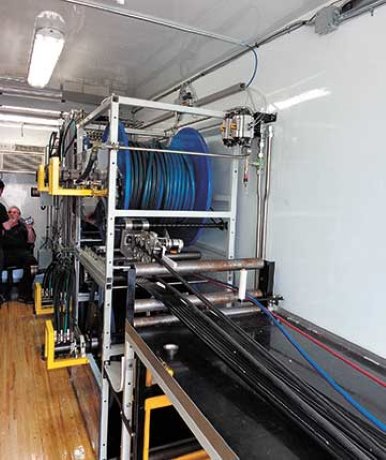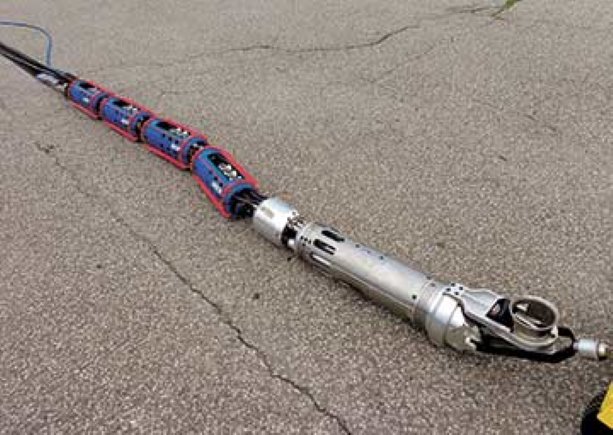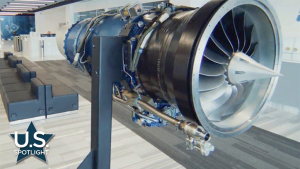Leaking and root-infested sewer laterals have become a major problem not only for homeowners, but also for cities, which bear the cost of processing additional wastewater. Canada’s LiquiForce has refined trenchless sewer lateral technology with its proprietary PFM system, which provides camera service, cuts roots, cleans and then measures the lateral for a replacement liner — all in one operation using a single robotic crawler.
PFM stands for “Prep From the Main,” describing the system’s capability of preparing a lateral for rehabilitation all the way to the property owner’s house if requested.
“We developed the technology from the ground up with a financial boost from FedDev Ontario to get it going and the Windsor Essex Economic Development Corporation to help commercialize it,” says Kim K. Lewis, chair and chief executive officer of LiquiForce.
“We were often told that what we were developing was impossible, even by some of the utilities right up to the point where we demonstrated to them that the technology worked.”
The system employs a train of robotic tools linked together to form a single high-tech snake. The tool is inserted into the sewer main from a manhole and then travels down the main, stopping at each house and sending a camera into the lateral, televising the condition of the pipe to a technician in a nearby truck.
“Our operator engineers in the support truck are very gifted individuals who can manoeuvre the heads around 90-degree bends, wyes and tees and know exactly what they’re looking at,” says Lewis.
“The tool can travel into the lateral to a distance of 150 feet. If the camera finds roots we can send in an appropriately sized cutter and then flush out the debris with water supplied under high pressure from one of our trucks. If the pipe is coated with calcite we can use a head with a steel chain flail.”
The device also measures the diameter and length of the lateral, sending detailed information back to the manufacturing shop to create a custom-fitted lateral liner which will be delivered in about a week.
The entire set-up process typically takes about 15 minutes per connection. Better still, the device operates “under flow.” Translation: homeowners can continue to use faucets, showers and toilets during the process.
Lewis notes that utilities have typically taken responsibility for the lateral only to the property line, beyond which homeowners are on their own. That attitude is changing as the utilities now see the advantage of offering lateral relining all the way to the house, often for only a nominal fee to homeowners.
“Most of the cost of relining is in the setup,” says Lewis. “The entire system benefits from the offer and everyone gets a better price.”
The LiquiForce lateral lining system can be customized to fit laterals of any diameter and is agnostic to pipe material, which might include anything from clay, concrete, steel and asbestos cement to Orangeburg pipe, a substandard lateral once made from wood pulp fiber sealed with bitumen.
The new lateral liner is a polyester resin system typically used for full-scale sewer rehab. The liner is inserted via robot crawler and then ambient cured. It’s connected at the sewer main end using a patented collar with a hydrophilic seal that expands in the presence of water.
“It’s the same as a brand new pipe once it’s cured with a 50-year design life,” says Lewis. “It’s also impervious to root penetration.”
The Kingsville, Ont.-based contractor has already handled lateral lining contracts for clients including Hamilton, Windsor, Aurora, Newmarket, Waterloo, and York Region.
“We continue to refine the technology as each version becomes smaller and more productive,” says Lewis. “Canada has become a leader in wastewater technologies. That’s something we shouldn’t be so quiet about, but these achievements aren’t generally celebrated the way we celebrate inventions like the Canadarm. In most cases, wastewater clients are simply asking us to make the pain go away.”












Recent Comments
comments for this post are closed